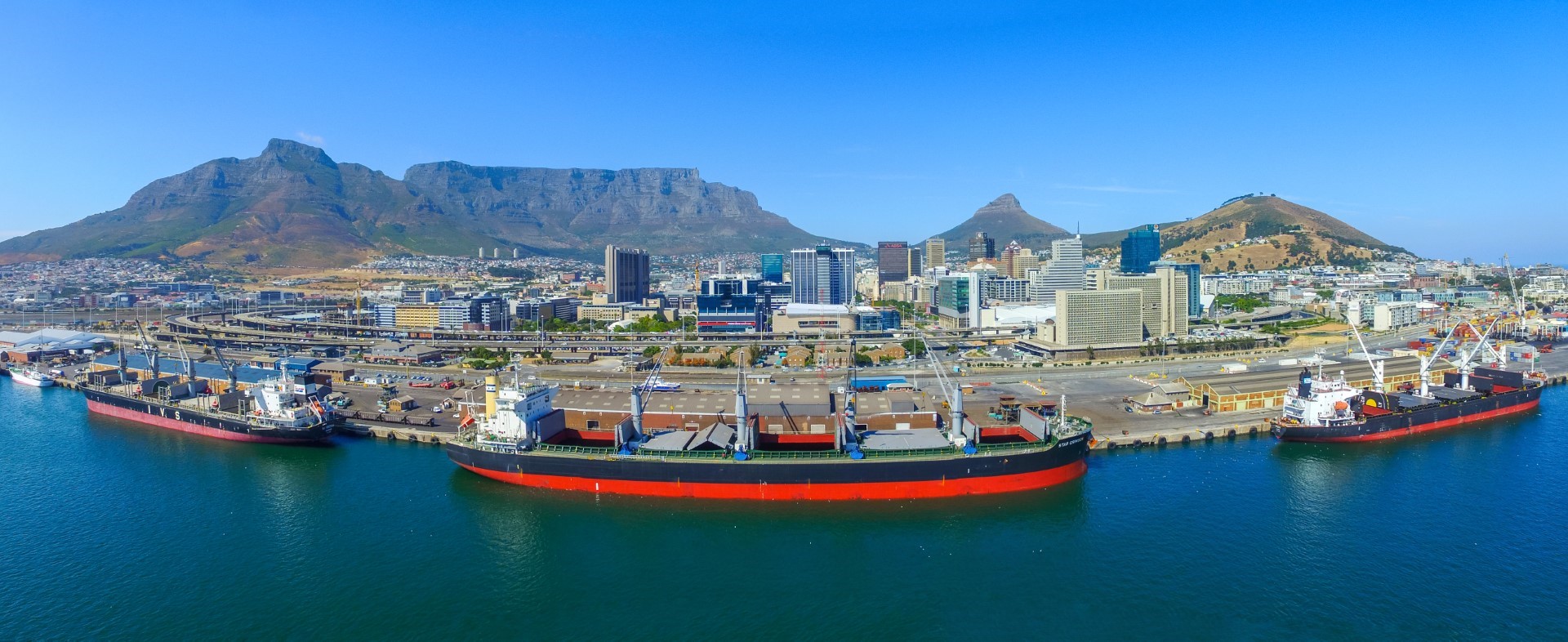What does it take to shoot a 300,000-ton container ship in motion — legally, beautifully, and safely? After over a decade of ship drone photography, I've learned that capturing these moving giants requires a unique blend of technical skill, artistic vision, and meticulous planning.
The Challenge of Scale and Motion
When people see my aerial shots of massive container ships, they often ask, "How do you make something so huge look so graceful?" The answer lies in understanding both the physics of these vessels and the art of aerial cinematography.
A fully loaded container ship can be over 400 meters long and weigh more than 200,000 tons. Despite their massive size, these ships move with surprising grace through the water. The challenge is capturing that grace while conveying the true scale of these ship giants.
Pre-Flight Planning: The Foundation of Great Shots
Every successful ship drone shoot begins long before the drone leaves the ground. Here's my planning process:
Vessel Tracking and Timing
I use multiple vessel tracking systems to monitor ship movements:
- AIS (Automatic Identification System): Provides real-time position, speed, and course data
- Port Authority Communications: Official arrival and departure schedules
- Weather Monitoring: Wind, visibility, and sea conditions
- Tide Charts: Understanding how tidal conditions affect vessel movement
Legal Clearances and Safety Protocols
Ship drone operations require multiple clearances:
- Port Authority approval for operations in controlled airspace
- Coordination with Air Traffic Control when near airports
- Security clearances for sensitive areas
- Weather minimums and backup plans
"The most spectacular shot in the world isn't worth compromising safety or breaking regulations. Professional ship photography requires patience, planning, and absolute adherence to legal requirements."
Technical Considerations for Moving Vessels
Photographing moving ships presents unique technical challenges that don't exist with stationary subjects:
Camera Settings and Stabilization
For moving vessels, I typically use:
- Shutter Speed: Fast enough to freeze motion (1/500s or faster)
- ISO: Kept as low as possible while maintaining adequate shutter speed
- Aperture: Usually f/4-f/5.6 for optimal sharpness
- Focus Mode: Continuous autofocus to track the moving vessel
Drone Positioning and Movement
The key to dynamic ship shots is understanding relative motion. I often fly the drone in the same direction as the ship, creating smooth tracking shots that emphasize the vessel's movement through the water.
Composition Techniques for Ship Giants
Composing shots of massive vessels requires different techniques than traditional photography:
Using Scale References
To convey the true size of these vessels, I include scale references in my compositions:
- Tugboats and pilot boats alongside the ship
- Port infrastructure like cranes and buildings
- Natural features like Table Mountain or the coastline
- Other vessels in the harbor for size comparison
Leading Lines and Perspective
The wake of a moving ship creates natural leading lines that draw the viewer's eye. I use these wakes, along with the ship's structure and cargo arrangement, to create compelling compositions that guide the viewer through the frame.
Weather and Lighting Considerations
Maritime photography is heavily dependent on weather conditions, and this is especially true for drone operations:
Golden Hour Magic
The hour after sunrise and before sunset provides the most dramatic lighting for ship photography. The warm light enhances the industrial beauty of these vessels while creating stunning reflections on the water.
Overcast Advantages
While sunny days might seem ideal, overcast conditions often provide better results for ship photography. The diffused light eliminates harsh shadows and provides even illumination across the vessel's structure.
Wind and Sea State
Wind affects both drone stability and sea conditions. Moderate winds can create interesting wave patterns and spray, but strong winds make precise positioning difficult and can be dangerous for drone operations.
Safety Protocols and Risk Management
Operating drones around massive moving vessels requires strict safety protocols:
Minimum Safe Distances
I maintain minimum distances based on vessel size and speed:
- Large container ships: Minimum 200 meters horizontal distance
- Fast-moving vessels: Increased distance based on speed
- Vessels with tall superstructures: Extra vertical clearance
- Emergency escape routes always planned
Communication Protocols
Constant communication with port authorities, vessel traffic services, and ship crews ensures everyone is aware of drone operations. This coordination is essential for both safety and legal compliance.
Post-Processing for Maritime Excellence
The work doesn't end when the drone lands. Post-processing is crucial for creating images that truly capture the majesty of these vessels:
Color Grading for Maritime Atmosphere
I enhance the blues of the ocean and sky while maintaining the industrial character of the ships. The goal is to create images that feel both dramatic and authentic.
Detail Enhancement
Careful sharpening and clarity adjustments bring out the intricate details of ship construction — from container arrangements to deck equipment — without creating an over-processed look.
The Business Impact
Professional maritime drone photography has real business applications:
- Marketing Materials: Shipping companies use these images for websites, brochures, and presentations
- Insurance Documentation: Aerial views provide comprehensive vessel condition records
- Operational Analysis: Images help identify efficiency improvements in loading and port operations
- Public Relations: Stunning visuals help improve public perception of shipping operations
Looking to the Future
As drone technology continues to advance, the possibilities for maritime photography expand. Higher resolution cameras, longer flight times, and improved stabilization systems are opening new creative possibilities.
The integration of AI and automated flight systems may eventually allow for even more complex shots, but the fundamental skills of planning, composition, and understanding maritime operations will always be essential.
Ready to Capture Your Fleet?
Whether you need marketing materials, operational documentation, or simply want to showcase your vessels in their best light, professional maritime drone photography delivers results that make an impact.
Get in Touch